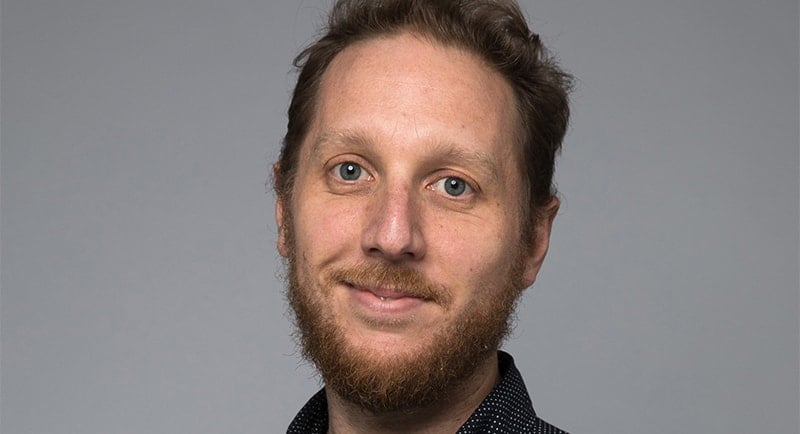Rising global carbon dioxide, the crash of the pound, Sydney’s record-breaking rainfall. You’ve likely seen graphs mapping these statistics across multiple news outlets providing context for subjects such as these, but for vision-impaired audiences, these graphs aren’t always accessible.
Guardian Australia’s data and interactives editor Nick Evershed has been working on a tool – called Noisycharts – that translates visual graphs into sound, making the information displayed more accessible to a wide audience.
Mediaweek spoke to Evershed about creating the tool, and what he hopes it will be able to achieve.
Having created the first Noisycharts prototype back in 2021, Evershed says that the idea for the tool had been bouncing around long before that.
“I’d had conversations on and off with colleagues of mine – both at The Guardian and outside of it – about representing data in the audio space. We thought it would be great to bring the data journalism that we do day to day into the audio space, radio space, or even video space.
“That was where it started a long time ago. Much more recently, during the pandemic, we really started thinking about being able to show some of these really important trends that were happening in terms of cases over time, bringing the curve down, all that sort of stuff. We wanted to show that in a more accessible way, for people who might not necessarily be able to see a chart or read the chart properly.”
Feedback on the tool has come in quickly, and whilst most people love the charts, Evershed jokes that a few people have had an unexpected reaction to the audio graphs.
“The feedback has been pretty interesting. A lot of people really like it, but I’ve got to say that some people find it unsettling! I’ve had several comments along the line of people having a more physical, visceral reaction when listening to data, rather than seeing it on screen.
“One of the reasons I launched it even though it’s not ready to really be used all the time at the moment, is that I did really want to get feedback from advocacy groups for accessibility and researchers who work in accessibility. That part of it has been quite good.”
Whilst some of the sounds used to track information can be fun – for example, the sound of dogs barking on a graph showing the prominence of Cavoodles in Australia – more serious topics will use a single note that rises and falls in frequency. For Evershed, the musicality of the charts was less important than conveying the data.
“There are other tools that do this sort of thing, which are much more focused on the musical side. There’s one called TwoTone, which is probably the most similar thing that exists – but they are much more focused on musicality. When you put the data into TwoTone, it maps it to notes on the scale, whereas mine maps it on a frequency.
“For me, it’s more important to be able to represent the data accurately in the audio space versus making a nice sound, so I’m actually sacrificing the musicality here.”
When asked how he plans on further developing Noisycharts, Evershed says that he’s in the process of working with groups like The Royal National Institute of Blind People to refine the tool as much as possible.
“I’m trying to meet with different people in the space, people who are interested in representing data for visually impaired people. I’ve got a few emails from people who are interested in collaborating along those lines, so I’m following those up.
“Ideally, it’d be great to be able to generate a whole bunch of different options, and then test those with people. Then we could get some sort of standardised feedback on which one was the best at doing different things.”
Looking ahead, Evershed says that he has “a list of features” that he wants to build into Noisycharts in 2023.
“Top of my list at the moment is building in polyphony or harmonies, so being able to play two things at once, maybe three things. Maybe 10 things! I’m not sure, but hearing two things and how they relate to each other will be quite important.
“There are a couple of extra formats, which are quite important – scatter plots, horizontal bar charts, and things that I haven’t done yet. Horizontal bar charts are very straightforward, so that won’t take very long, but scatter plots could be quite hard because it’s essentially a cloud of dots in a square. I actually have no idea how well it’s going to work in the audio space! That’s something I need to figure out.”
–
Top Image: Nick Evershed

